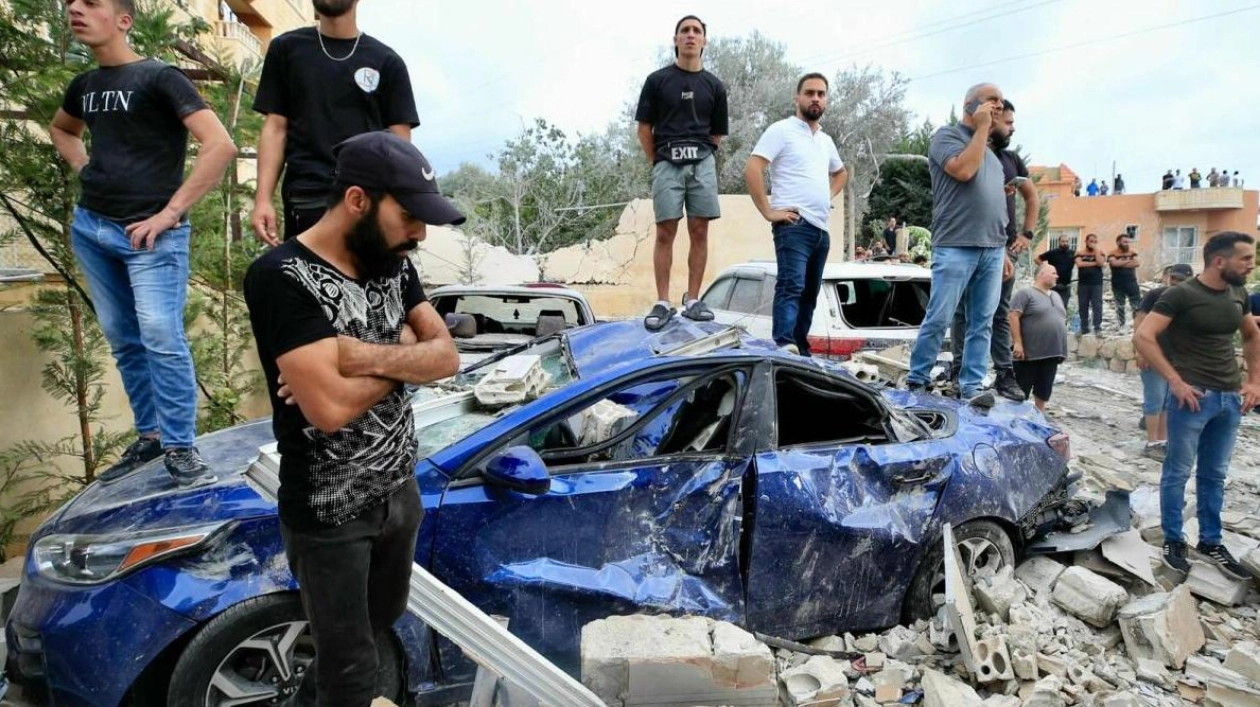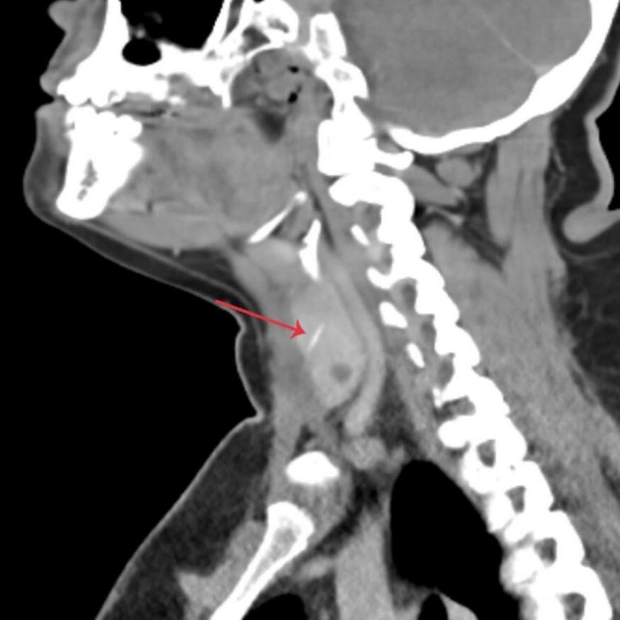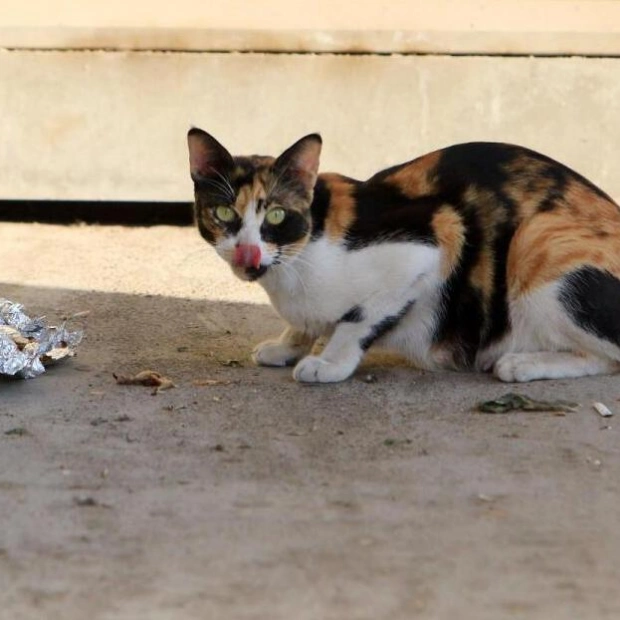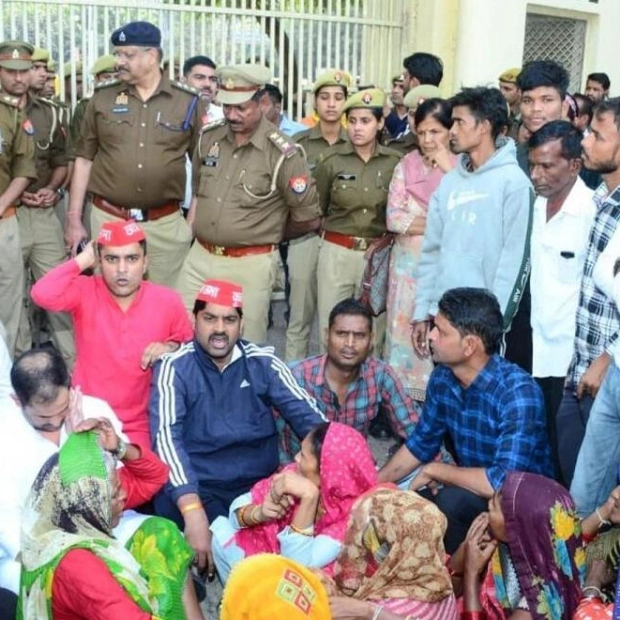On October 12, 2024, residents surveyed the wreckage left by an Israeli airstrike that had leveled an apartment building in Bajra, south of Beirut. — AFP
A mere month prior, the vibrant streets of south Beirut were teeming with life—traffic, families, and young people enjoying cafes. Now, the deserted Hezbollah stronghold is eerily quiet, punctuated only by the distant rumble of Israeli bombs. The escalation of Israeli attacks since late September, following nearly a year of sporadic cross-border skirmishes, has turned much of the once densely populated southern suburbs of Beirut into a wasteland, forcing many residents to flee.
Despite the stench of decaying flesh emanating from the destroyed buildings, a handful of young men, dressed in black civilian attire, stood watch, occasionally patrolling the ruins on their motorbikes. They kept an eye on the occasional car and the few displaced residents who ventured back on foot, quickly checking on their apartments or gathering belongings before retreating to safety.
“The young men warned me not to linger too long because drones were constantly overhead and could strike at any moment,” said 32-year-old Mohammed, who had returned briefly to collect more clothes. For security reasons, he provided only his first name. He recounted how he had fled on September 27, just days into Israel’s intense air campaign against Lebanon. On that fateful day, massive Israeli strikes claimed the life of Hezbollah’s elusive leader, Hassan Nasrallah, in the heart of the Iran-backed group’s south Beirut stronghold, collapsing several apartment buildings and spreading panic of further violence.
“We left in a rush, fearing we might never see our home again,” Mohammed said, noting that his neighbors had also fled. While his building remained standing, many others were damaged or destroyed. Cracks marred nearby structures, and torn-off asphalt and burst pipes spewed sewage and tap water. Generators, which had long compensated for daily power cuts amid Lebanon’s five-year economic crisis, were also obliterated.
“Approximately 320 buildings in Beirut and its suburbs were destroyed in less than a month of war,” Mona Fawaz of the Beirut Urban Lab told AFP. The devastation, she said, has outstripped the damage inflicted during Israel’s last war with Hezbollah in 2006. Fawaz, who documents cases of “urbicide,” the deliberate destruction of cities in conflict, now focuses on Lebanon and the Gaza Strip. She accuses Israel of “targeting what sustains life,” including vital infrastructure not linked to Hezbollah.
Hezbollah had meticulously reconstructed Beirut’s south according to pre-2006 urban plans, which had displaced about 100,000 people. During the 33-day war in 2006, “surveys listed 1,332 severely damaged multi-storey apartment buildings, of which 281 were completely razed to the ground” in an area of about 20 square kilometers, Fawaz noted. This time, the Burj Al Barajneh neighborhood, unscathed in 2006, has borne the brunt of the bombardment.
Once again, families from south Beirut are forced to seek refuge elsewhere in the country or abroad. Many reside in rented apartments or with relatives, while others are crammed into schools converted into shelters. Hassan, 37, who grew up in Beirut’s south Mraijeh district, where Israeli jets targeted Hashem Safieddine, widely seen as Nasrallah’s likely successor, spoke of the area’s enduring memories despite the bloodshed.
“Mraijeh will always remind me of my friends, the games we played as children, the smell of freshly baked bread in the morning, neighbors chatting, and Ramadan festivities,” he said. The supermarket he once frequented is now rubble, along with nearby shops, schools, and buildings. Hassan, who also requested anonymity, was informed that his favorite record store had been destroyed. As the war shows no signs of abating, the potential for greater losses looms large.
“We fear returning after the war to find how many of our friends have perished, as happened in 2006,” Hassan sighed.
Source link: https://www.khaleejtimes.com






